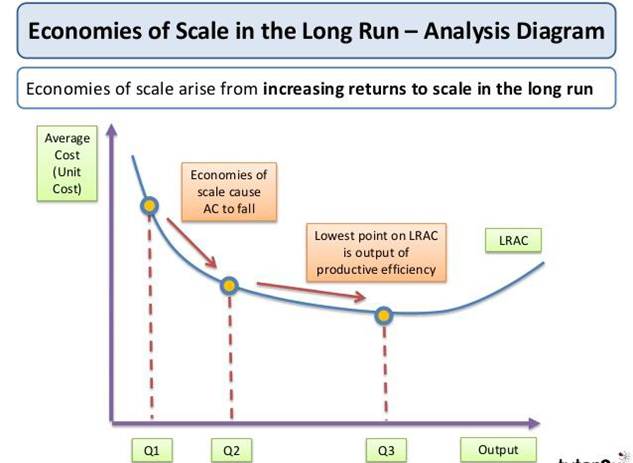Economies of Scale and its implications in Interior Design Practice
What is Economies of Scale?
Economies of scale arise because of the inverse relationship between the quantity produced and fixed cost per unit; i.e. the greater the quantity of a good produced, the lower the per-unit fixed cost because these costs are spread out over a larger number of goods.
Economies of scale can be classified into two main types:
- Internal – arising from within the company; and
- External – arising from extraneous factors such as industry size.

Implications of Economies of Scale in Interior Design Practice:
- For a generalist designer firm, the economies of scale could play a major advantageous role as the output can be increased with lower cost per product/ service as the product/ service is generalized and can be mass produced to suit interests of masses.
- In a specialist designer firm, the products/ services is user – specific of customized in other terms to suit the needs and taste of the end user. Hence, cost per unit output remains high as the product is not mass produced. So, the economies of scale takes a backseat for specialist designers.
By: Ar. Neha Bhusri
B.Arch | PGIDS
